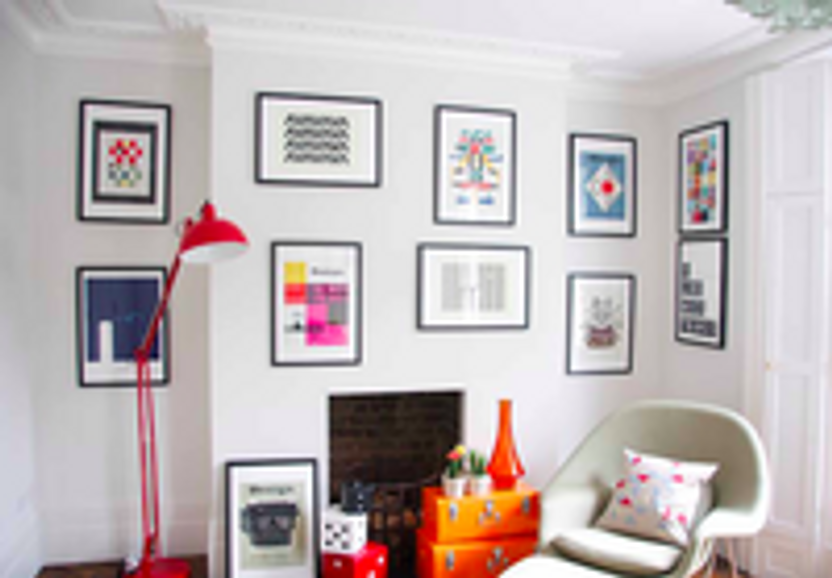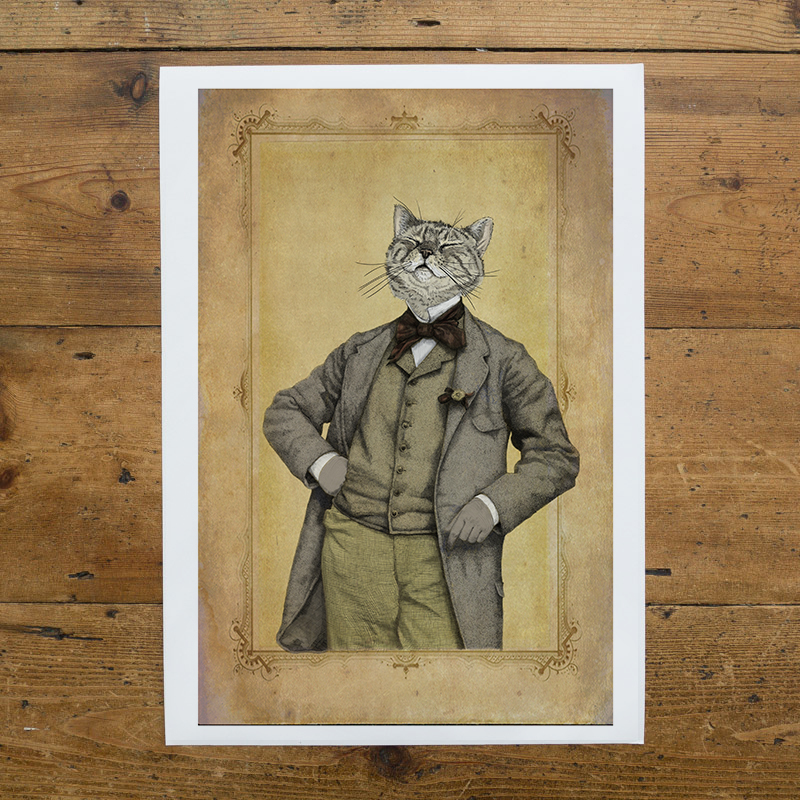Incorporating artwork into the home
20th Oct 2015
No home is complete without
artwork. Walk into a house or flat that has nothing but bare walls and you will
immediately feel that something is missing. Artwork does not just offer the
viewer something pretty or interesting to look at, it gives the viewer a sense
of the personality behind the choice of print or poster.
Why art matters
Often, what goes on the walls as decoration is the last thought in any interior design scheme, but wall art, when done properly, can actually set the tone for the entire room. For example, an artwork that is full of strong primary colours may look out of place in a room that relies on soft or neutral shades, such as pale greens and baby blues. Conversely, a subtly-coloured art item may fail to be noticed in a room that is full of bold, vibrant hues.
Sticking with a theme
It is a good idea to stick with one theme to achieve the perfect interior. For example, for a study or home office, you may favour a traditional theme with natural coloured woodwork and leather seating. An ultra-modern artwork would probably look out of place in such an environment, but you could bring in the modern with a quirky poster or print that borrows from the old but adds a twist of its own, like this beautiful print by Ben Rothery. Alternatively, you may show your passion for film in your living room with artwork of your favourite movies, such as Star Wars prints or an infographic-style film poster.
Creating points of interest
One of the purposes of wall art is to help to create symmetry in a room. Often, the best place for an art installation is in the centre of a wall, framed by doors or windows, providing the space can accommodate the artwork appropriately. For this reason, when framed by windows, it is important to choose an attractive window dressing, ideally one that does not detract from the art. Curtains generally only look good in certain room types, with blinds and shutters fitting in much better and visually enhancing the look of the room. Shutters will also add texture and interest to a room.
More than 2-dimensional
When considering the type of art to put on your walls, you should not restrict yourself to flat prints and posters. Wall art also comes as shadow boxes or sculptures and these can help to add depth. The textures such art works bring can help to create particular atmospheres. For example, rough finishes on 3D pieces will add warmth and intimacy, while smooth textures may bring a slightly sterile, or at least, a cool feel to a room.
Wall art ultimately pulls a room’s design together, but just because it is a finishing touch, it does not mean that you have to leave it to the last minute to choose. Instead, define your space by selecting your artwork before you begin designing the room and use it to influence the interior’s style.



